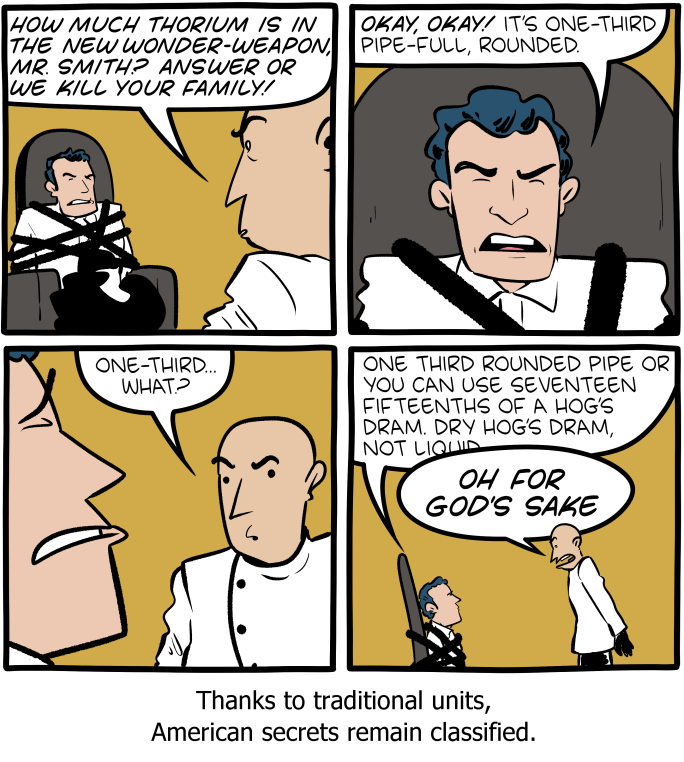psikeyhackr
Physics is Phutile, Fiziks is Fundamental
- Joined
- Jul 17, 2013
- Messages
- 2,179
I think I noticed the change some time in the 80s and thought, "What stupid useless crap is this?"Google says it's name was officially changed (worldwide) from Centigrade to Celsius way back in 1948.
Centigrade made some degree of sense. 100 units of whatever temperature is from freezing to boiling H2O. Who gives a damn about some bloke with a Celly name.


